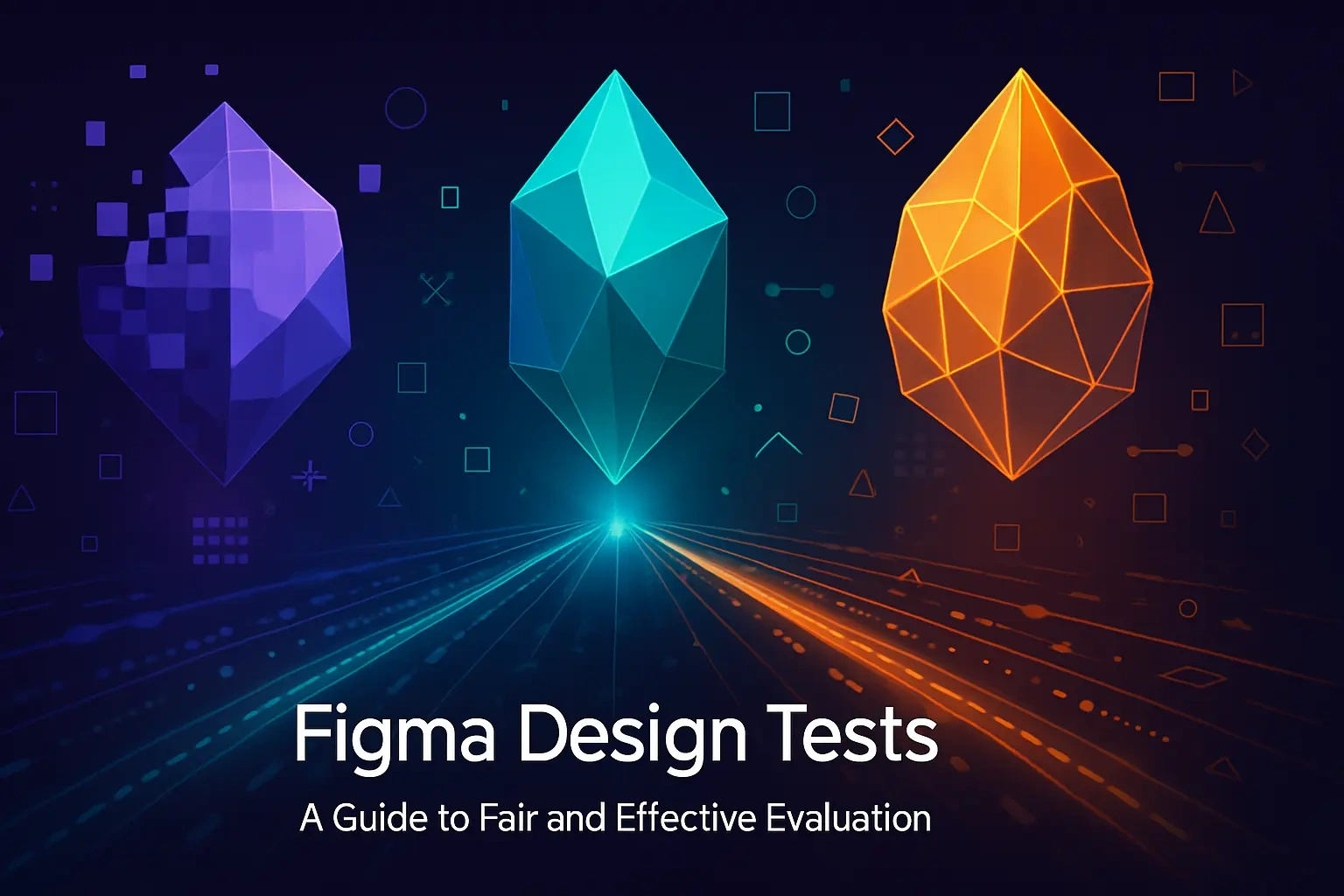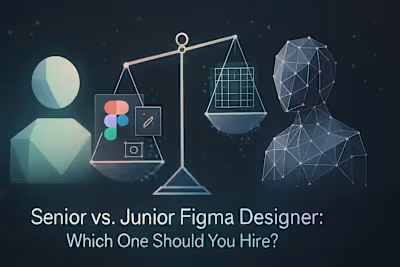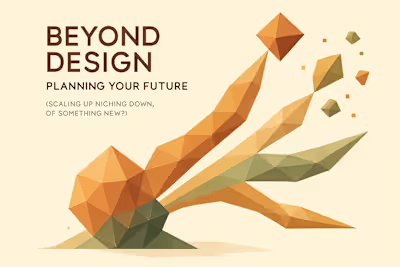Figma Design Tests: A Guide to Fair and Effective Evaluation

Figma Design Tests: A Guide to Fair and Effective Evaluation
The Great Debate: Pros and Cons of Design Skills Tests
The Argument For: Assessing Real-World Skills
The Argument Against: Unpaid Labor and Bias
How to Create a Fair and Effective Design Challenge
Define Clear Objectives: What Are You Testing For?
Keep It Short and Respectful of Their Time
Provide a Realistic, Fictional Prompt
Always Offer to Pay for Their Time
What to Look For When Evaluating a Submission
Clarity of Thought and Process
Figma File Organization
Follow-Up Discussion, Not Just a Grade
Alternatives to Traditional Take-Home Tests
Live Collaborative Whiteboarding Session
In-Depth Portfolio Deep Dive
Paid, Small-Scale Pilot Project
References
Figma Design Tests: A Guide to Fair and Effective Evaluation
The Great Debate: Pros and Cons of Design Skills Tests
The Argument For: Assessing Real-World Skills
The Argument Against: Unpaid Labor and Bias
How to Create a Fair and Effective Design Challenge
Define Clear Objectives: What Are You Testing For?
Keep It Short and Respectful of Their Time
Provide a Realistic, Fictional Prompt
Always Offer to Pay for Their Time
What to Look For When Evaluating a Submission
Clarity of Thought and Process
Figma File Organization
Follow-Up Discussion, Not Just a Grade
Alternatives to Traditional Take-Home Tests
Live Collaborative Whiteboarding Session
In-Depth Portfolio Deep Dive
Paid, Small-Scale Pilot Project
References
Posted Jul 6, 2025
Should you use a skills test to hire Figma designers? Learn the pros, cons, and best practices for creating a design challenge that's fair and reveals true talent.








